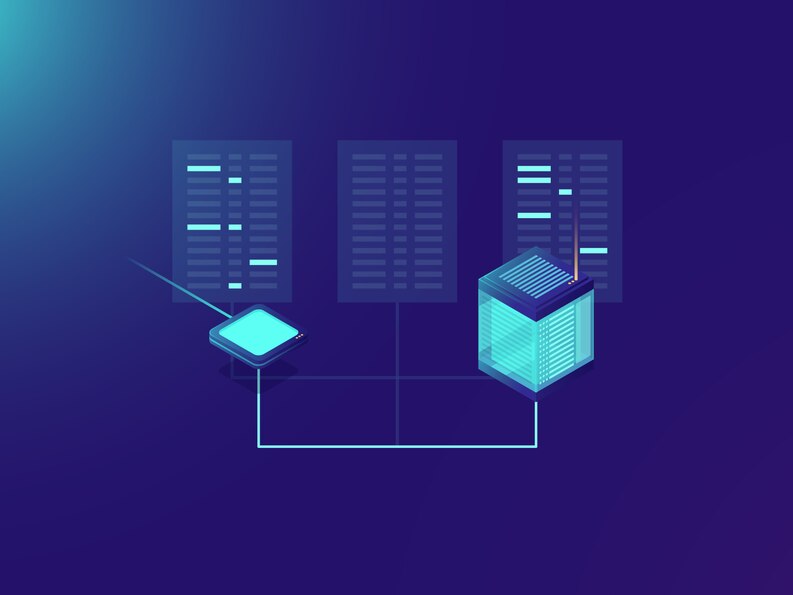As the number of connected devices and data volumes skyrocket, traditional cloud computing is reaching its limits in handling latency-sensitive and bandwidth-heavy applications. Enter edge computing — a paradigm that processes data closer to the source, reducing latency and improving responsiveness.
In 2025, edge computing is gaining momentum as a vital technology powering everything from smart cities to autonomous vehicles.
What Is Edge Computing?
Edge computing moves computation and data storage away from centralized data centers to the “edge” of the network — near devices and sensors generating data. This approach allows for:
- Faster data processing with minimal delay
- Reduced bandwidth consumption by filtering data locally
- Enhanced privacy by keeping sensitive data closer to its origin
Key Drivers Behind Edge Adoption
- IoT Explosion: Billions of IoT devices require local processing to handle real-time analytics.
- Latency-Sensitive Applications: Use cases like augmented reality (AR), virtual reality (VR), and industrial automation demand near-instant response times.
- Bandwidth Constraints: Transmitting all data to the cloud is inefficient and costly.
Industry Applications
- Smart Cities: Edge computing powers traffic management systems, surveillance, and public safety by processing data locally.
- Healthcare: Real-time monitoring and diagnostics of patients with wearables and medical devices.
- Manufacturing: On-site predictive maintenance and quality control improve productivity and reduce downtime.
- Autonomous Vehicles: Critical driving decisions are made locally with edge AI, ensuring safety and reliability.
Edge Computing and AI
Combining edge computing with AI enables on-device intelligence, allowing devices to analyze data, make decisions, and act without constant cloud communication. This fusion is essential for privacy, speed, and reliability.
Challenges and Considerations
- Infrastructure Complexity: Managing distributed edge nodes requires new tools and skills.
- Security Risks: Edge devices may be more vulnerable to attacks if not properly secured.
- Standardization: The ecosystem is still evolving, with ongoing efforts to standardize protocols and architectures.
The Future of Edge Computing
Edge computing is expected to grow rapidly, complementing rather than replacing cloud computing. Hybrid architectures will emerge, where critical processing happens at the edge, and bulk analytics and storage remain in the cloud.
Final Thoughts
As more data is generated at the network’s edge, computing needs to move closer to users and devices. Edge computing’s rise marks a shift toward more decentralized, efficient, and responsive digital infrastructure, powering the next wave of innovation.


